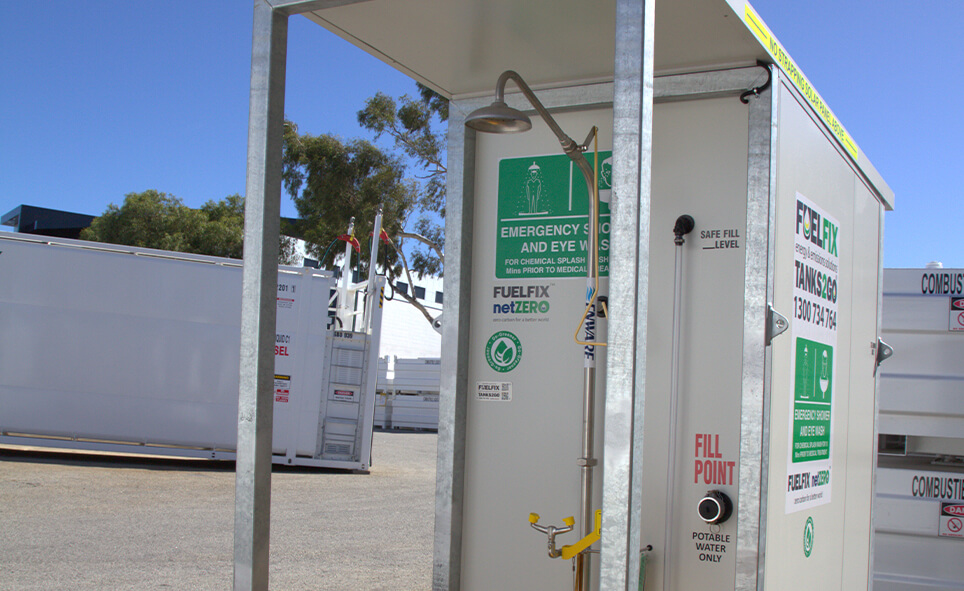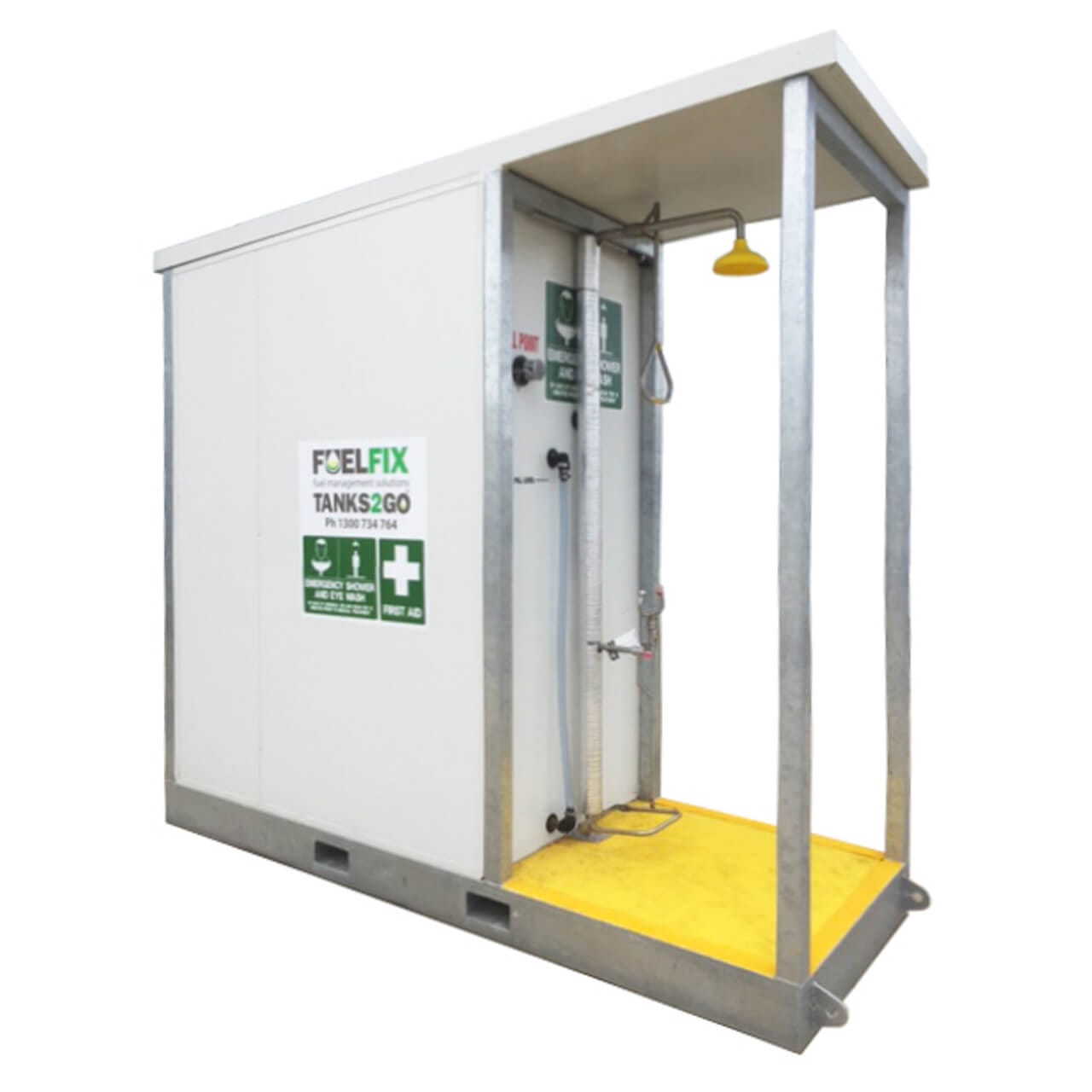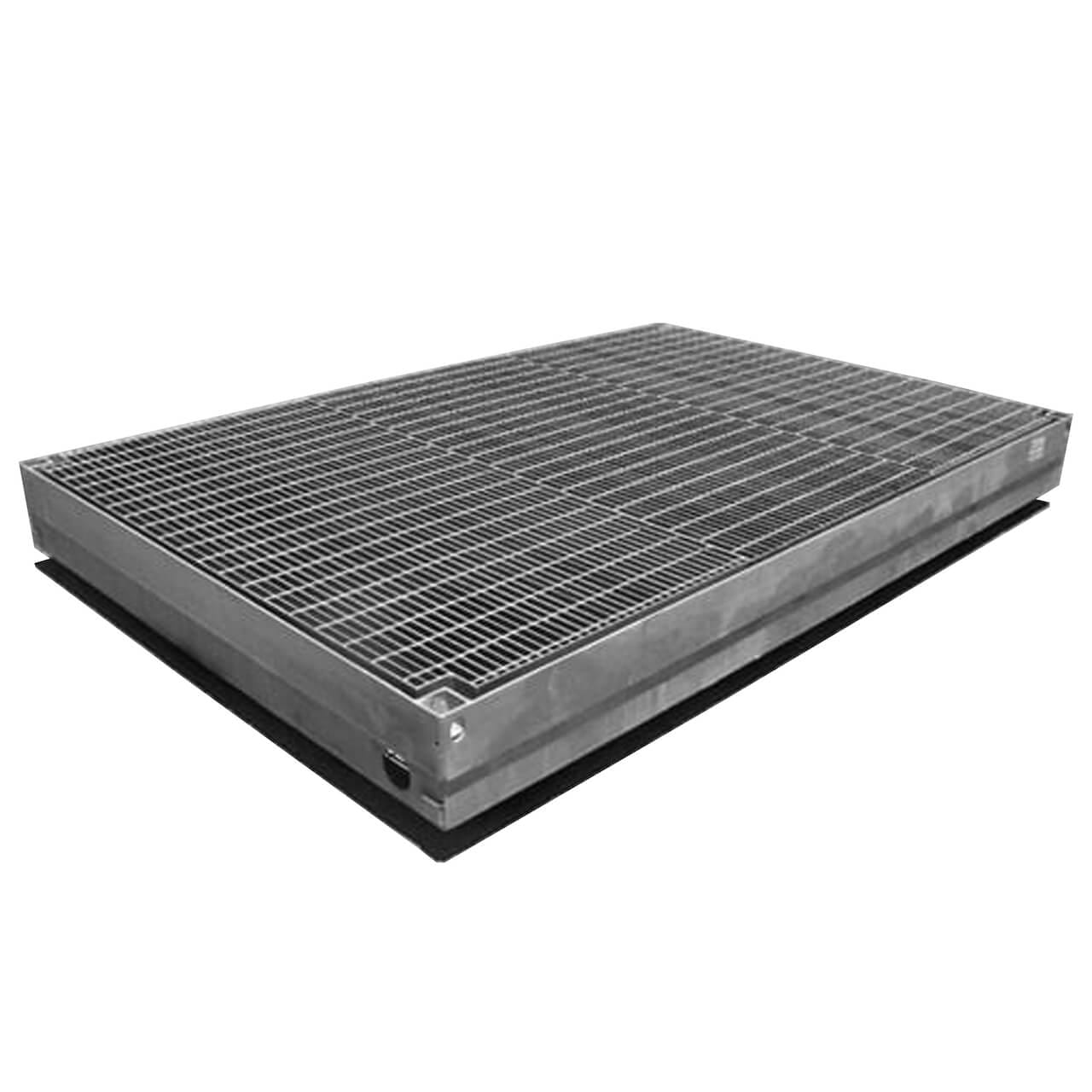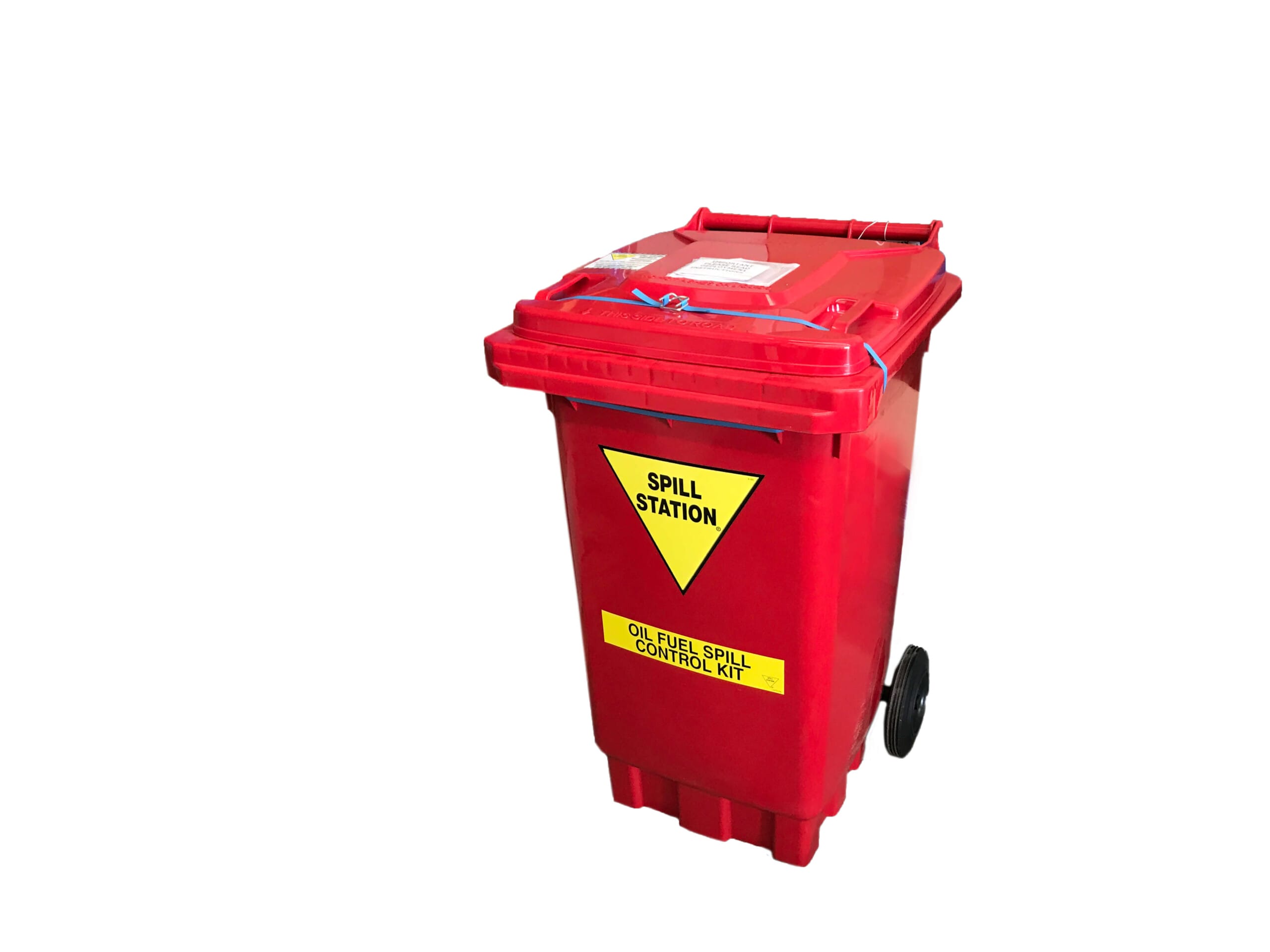Explore Spill and Safety Products
Explore Other Services
We are your end-to-end energy management and emissions solutions partner. Explore other ways we can help you cut costs and maximise your energy efficiency.
Fuel Management Systems
Infrastructure Repairs & Maintenance
Facility Management
Frequently Asked Questions
What is a safety shower?
A safety shower is a crucial piece of emergency equipment designed to provide on-the-spot decontamination. It helps to eliminate or reduce serious injuries from spills, splashes, or exposure to hazardous chemicals. By delivering a substantial and continuous flow of water, safety showers offer immediate relief or first-aid treatment after exposure to potentially harmful substances, thereby mitigating risks of more severe health implications.
What is a spill grate?
A spill grate, often part of a broader spill containment system, is a removable cover or drainage unit used over open areas to prevent unwanted materials from entering drainage systems or to direct spills into designated containment zones. These grates serve as a primary barrier against environmental contamination, effectively managing spills or leaks of oils, chemicals, and other pollutants within industrial facilities. They play a critical role in maintaining workplace safety and environmental compliance.
What is a spill kit?
A spill kit is a collection of items used to safely contain, clean up, and dispose of spilled hazardous substances, minimising potential harm to individuals, facilities, and the environment. Kits typically include absorbent materials, PPE (Personal Protective Equipment), containment bags, and sometimes tools for neutralising hazardous substances. They are essential for quick response to accidental spills within a workplace and are a critical component in compliance with environmental and safety regulations.
How long does an area of skin need to be washed after exposure to a hazardous chemical?
In the event of skin exposure to a hazardous chemical, it's recommended to rinse the affected area under a safety shower or with copious amounts of water for at least 15 minutes. However, the exact duration and method might vary based on the chemical involved. It's important to refer to the specific Safety Data Sheet (SDS) of the substance for detailed first-aid measures and potentially seek medical attention depending on the severity of the exposure.
How often do I need to check my onsite safety equipment?
Regular inspection and maintenance of your onsite safety equipment are crucial for ensuring they function effectively when needed. Safety showers should be tested weekly, including a flow rate and temperature check. Spill kits need to be inspected regularly (at least once per month, and after each use) to ensure they are complete, accessible, and ready for use. Spill grates should be checked for structural integrity and blockages periodically. Maintaining a consistent schedule of inspections, and keeping records of these checks, is essential for adherence to safety standards and best practices.
Are there standards that my safety equipment must adhere to?
Yes, various international and regional standards dictate the specifications and performance criteria for safety equipment. For instance, safety showers must comply with AS4775 in Australia. Spill kits and spill grates also need to comply with environmental and workplace safety regulations that vary by location and industry. At Fuelfix our safety products are designed to meet all required safety specifications and requirements.
Where should my safety shower be located?
Safety showers should be installed in areas where there's a high risk of chemical exposure. They must be easily accessible, within a 10-second reach of hazard zones, and on the same level to avoid any delays from stairs or obstacles. The pathway to the shower should be clear, and the location should be marked with highly visible signage. Ensure that the shower is connected to a reliable water supply capable of maintaining the required flow rate for a full 15 minutes.
Where should my spill kit be located?
Spill kits should be strategically placed near areas where spills are most likely to occur, such as storage units for hazardous materials, loading/unloading areas, fueling stations, and waste disposal zones. Like safety showers, they should be easily accessible and marked with clear signage.
Where should my spill grate be located?
Spill grates should be integrated into areas where there's potential for liquid spills, typically where liquid transfer occurs, such as near storage tanks, processing units, or drum storage areas. They should be installed in a manner where any spillage would naturally flow towards them, ensuring effective containment or redirection of hazardous substances. The grates must be robust enough to handle the expected volume of liquid and traffic in the area.




